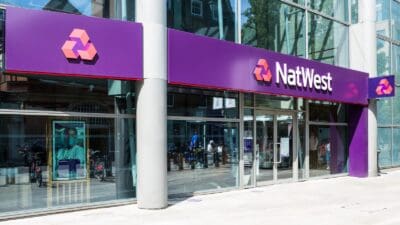When flying in a plane with the iconic logo of Rolls-Royce (LSE: RR) on the engine cowling, I always feel reassured. But just because a blue-chip company enjoys a good reputation does not necessarily make it a safe choice for me as an investor. No share is completely safe. There is always a risk of capital loss. But how do Rolls-Royce shares stack up as a potential holding for my portfolio?
Turbulent times
A quick look at the share price chart over the past five years tells its own story.
At one point in 2018, Rolls-Royce shares traded at £3.75. Just a couple of years later, they cost barely a 10th of that. That level of volatility already makes it clear that Rolls-Royce is not exactly a ‘safe’ choice for a conservative investor.
What can we learn from the underlying reasons for Rolls-Royce shares seesawing in recent years?
Business model
One lesson is about what happens when a business with high fixed costs collides with plummeting customer demand.
Rolls-Royce shares crashed during the pandemic because airlines were slashing expenditure as travel demand collapsed. That could happen again.
Aircraft engine manufacturing has a lead time of years, or decades, so capital expenditure can remain stubbornly high even if demand collapses overnight.
The same is true of many industries, from mining to ship chartering. Not all business models are in the same position though. For example, recruitment firms, advertising agencies and construction contractors can typically cut expenditure fast in response to changing market conditions.
Balance sheet
As a result of the pandemic, Rolle-Royce diluted shareholders and took on debt to shore up liquidity.
It has since worked hard to reduce its indebtedness. Last year, net debt was cut from £5.2bn to £3.3bn.
Debt is a common tool used even by the largest and most successful businesses. However, when considering what margin of safety a share offers me, I do take debt into account.
If Rolls-Royce sees demand falling again, what can it do?
If it had a net cash pile it could use that to fund the business.
Net cash and liquidity are different. Rolls ended last year with £8.1bn in liquidity. That consisted of £2.6bn in cash and equivalents and £5.5bn in undrawn borrowing facilities. But having cash on hand does not mean the company has net cash. Basically, it still owes more than it has right now, hence the net debt position.
If demand slumps again, I prefer a company to have a net cash position with plenty of liquid cash on hand. In turbulent markets, I think cash on hand beats an agreed borrowing facility.
Blue-chip share
Ultimately then, Rolls-Royce shares carry risks.
That is not surprising, because all shares do. To become a world-class business, it is necessary to take calculated risks along the way.
Rolls might still be a good share for my portfolio if I could buy it at an attractive price, given the risks. It has an installed customer base, proprietary technology and operates in an industry with large price tags and limited competition.
But just because a share is described as being blue-chip does not necessarily mean it is safe.
I always diversify my own investments. For now, due to their price, Rolls-Royce shares are not among them.








